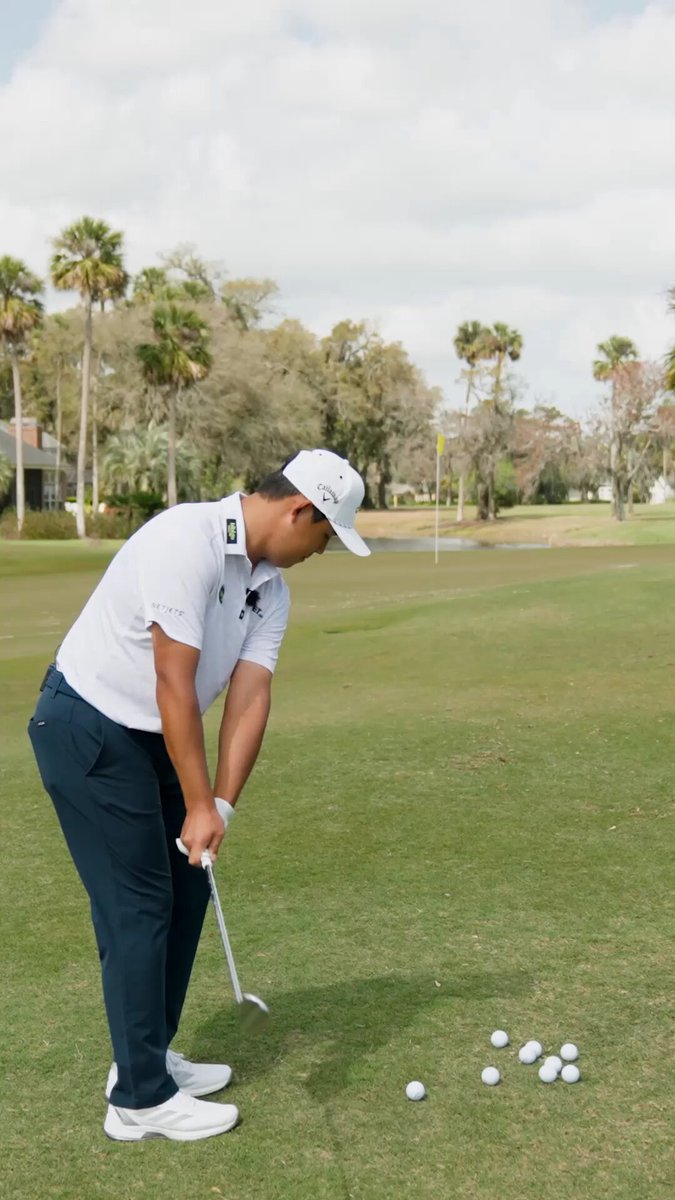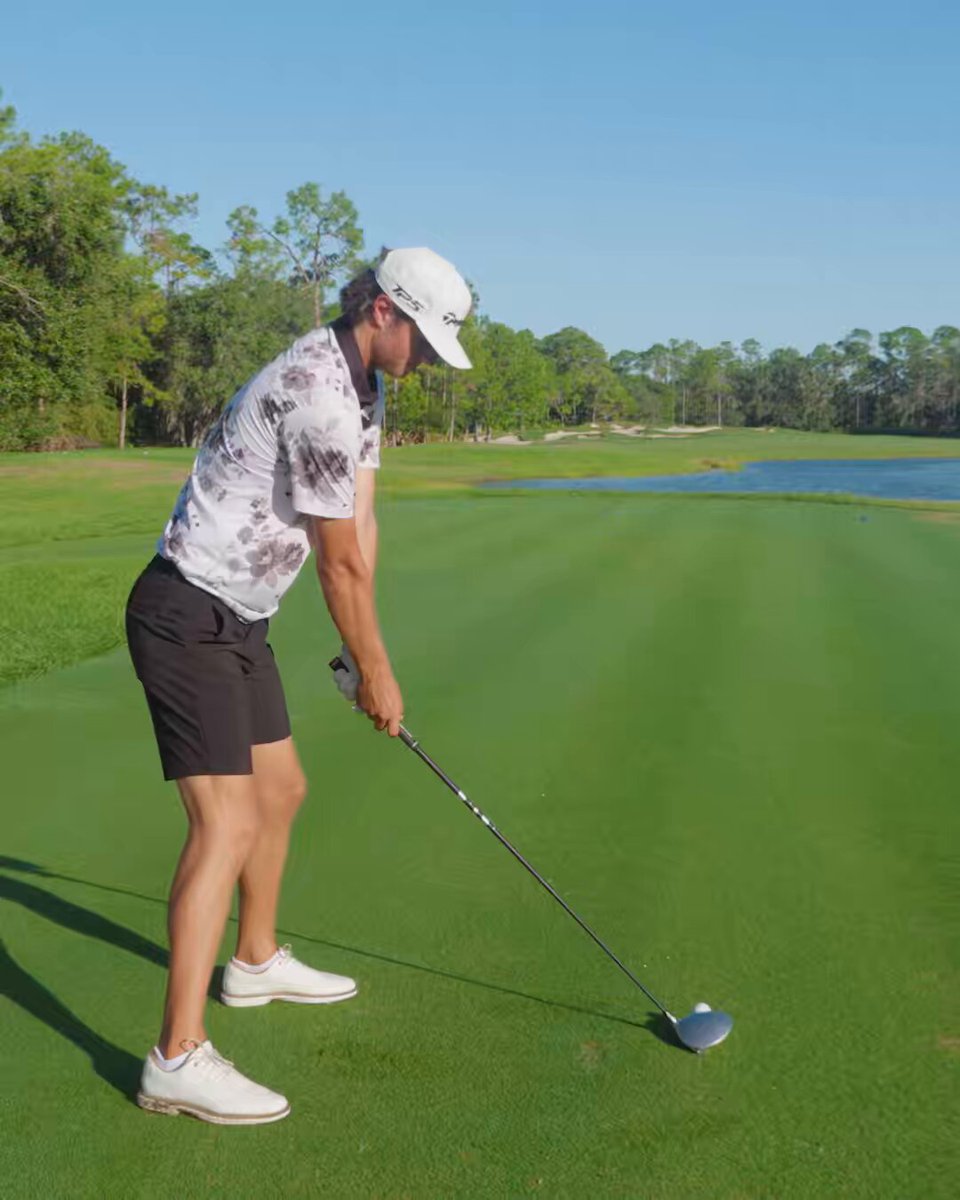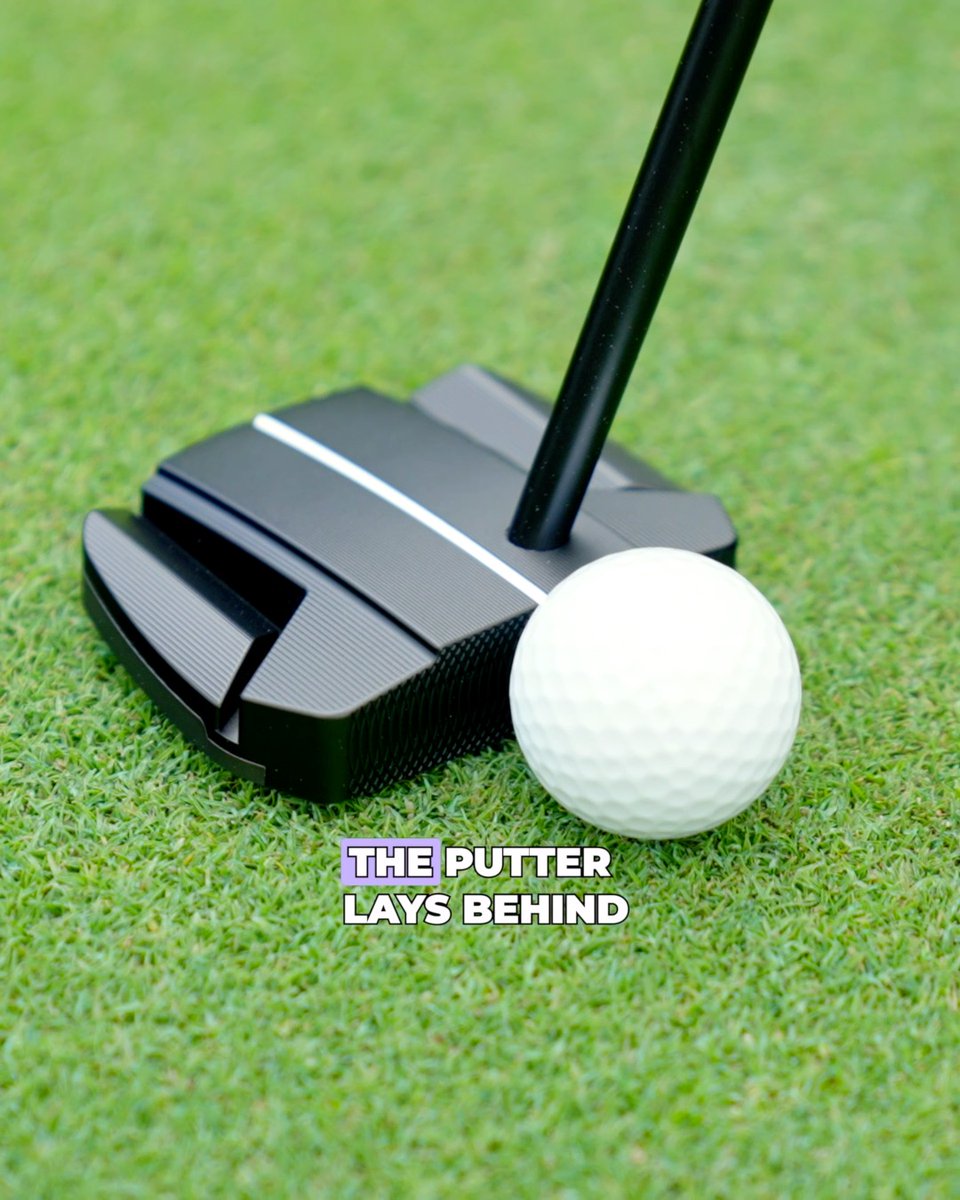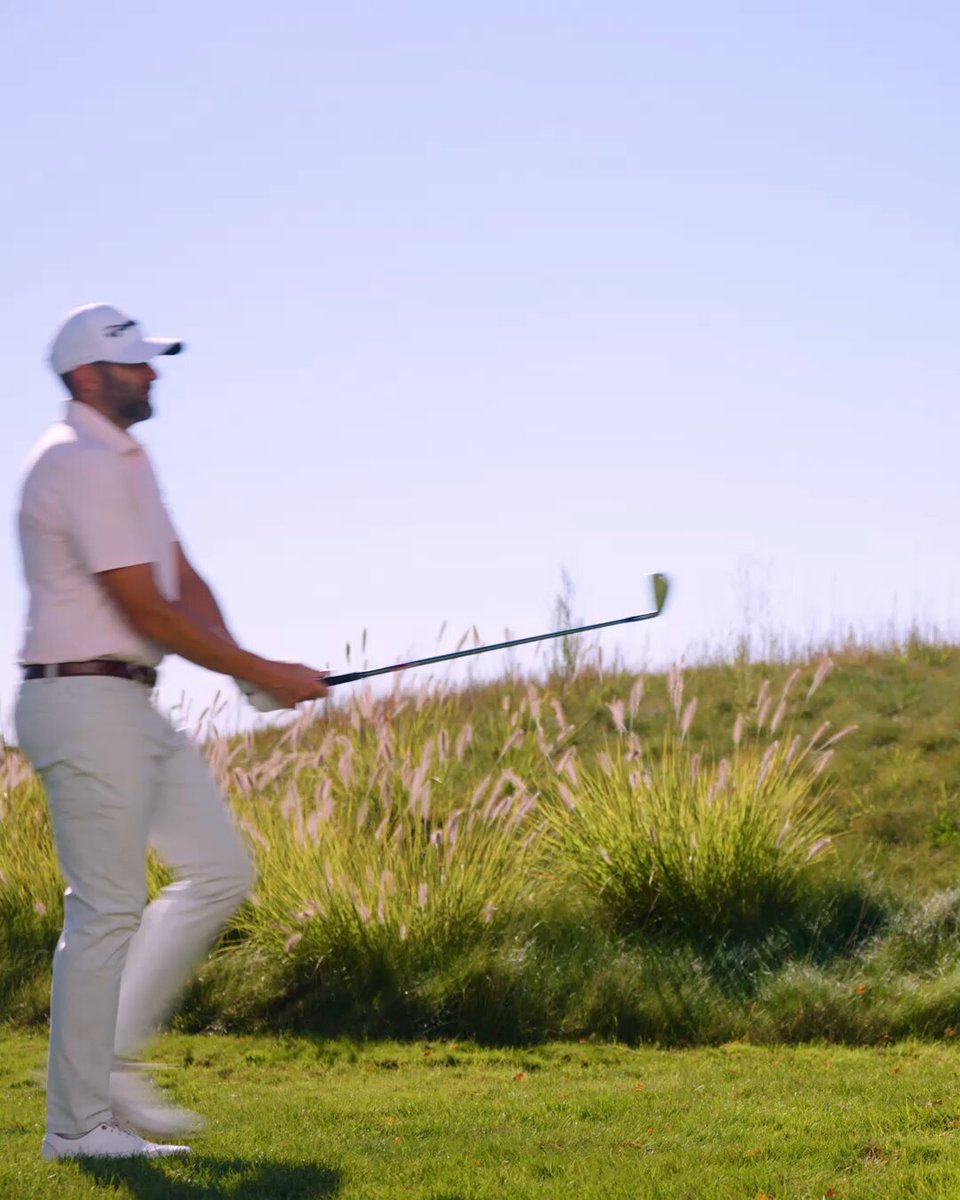Michigan Golf Live shares a remarkable video capturing a unique moment of dedication and passion beyond the golf course. This clip highlights the spirit of hustle and determination that resonates with athletes and fans alike.


Michigan Golf Live shares a remarkable video capturing a unique moment of dedication and passion beyond the golf course. This clip highlights the spirit of hustle and determination that resonates with athletes and fans alike.

The restoration of Harbour Town Golf Links has been completed, preserving the vision of legendary course designer Pete Dye. Davis Love III, a former PGA Tour star and Harbour Town champion, played a key role in the project, ensuring the course remains a true test for players while enhancing its natural beauty.

Si Woo Kim, a prominent figure on the PGA Tour and four-time winner, has found a new favorite in his golf bag: the Opus SP wedges by Callaway. Known for his precise short game, Kim’s immediate connection with these wedges highlights their performance and design tailored for tour-level play.

The FlightScope Mevo Gen2 has taken another leap forward with the introduction of the Pro Package and Face Impact Location features. These updates provide golfers with detailed club data and precise impact location on the clubface, enhancing the analysis of every shot.

Grant Horvat, one of the rising stars on the professional golf scene, recently showcased his exceptional skills in a thrilling match against Nelly Korda. The video shared by TaylorMade Golf highlights Horvat’s smooth swing, which has been gaining attention both on YouTube and the professional tour.

PING has introduced the PLD Milled SE Ally Blue Onset, a putter that aims to deliver the feel of a traditional blade combined with the forgiveness of a mallet design. This innovative approach targets golfers who want precision without sacrificing stability on the greens.

TaylorMade Golf has unveiled its latest apparel line, the SunDayRed Collection, designed to combine style and functionality for golfers who want to look sharp on the course without compromising performance.

FlightScope Golf has announced an update to their golf simulator technology, promising enhanced accuracy and improved user experience for players and coaches alike. This new development is set to impact the way golfers analyze their swings and ball flight data.

FlightScope Golf has announced an exciting update to their golf simulator and launch monitor technology, set to be released on November 10, 2025. This new version promises enhanced features that will appeal to golf enthusiasts looking for precise data and immersive practice sessions.

Golf enthusiasts are always on the lookout for fresh travel destinations that combine great courses with unique experiences. Michigan Golf Live is back with another exciting golf travel adventure, hinting at a destination known for its iconic lighthouse and scenic charm.